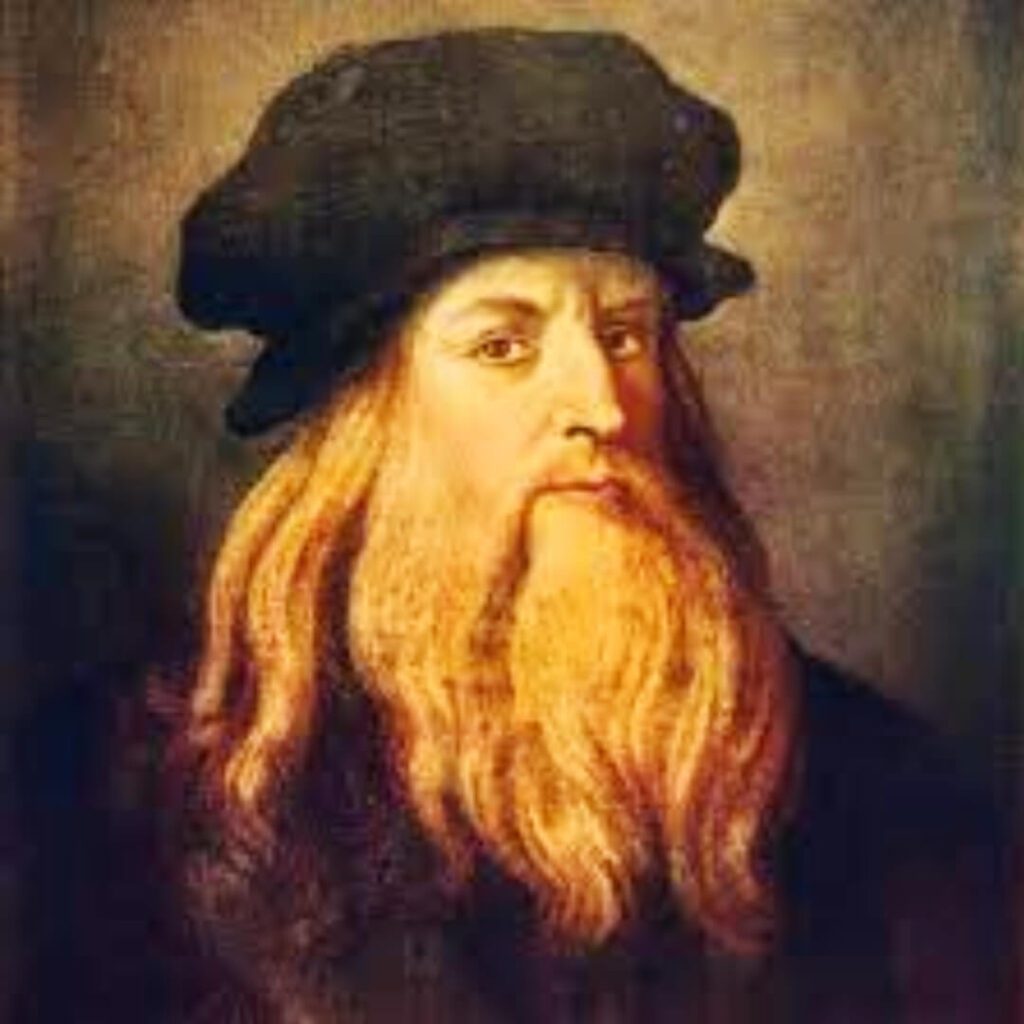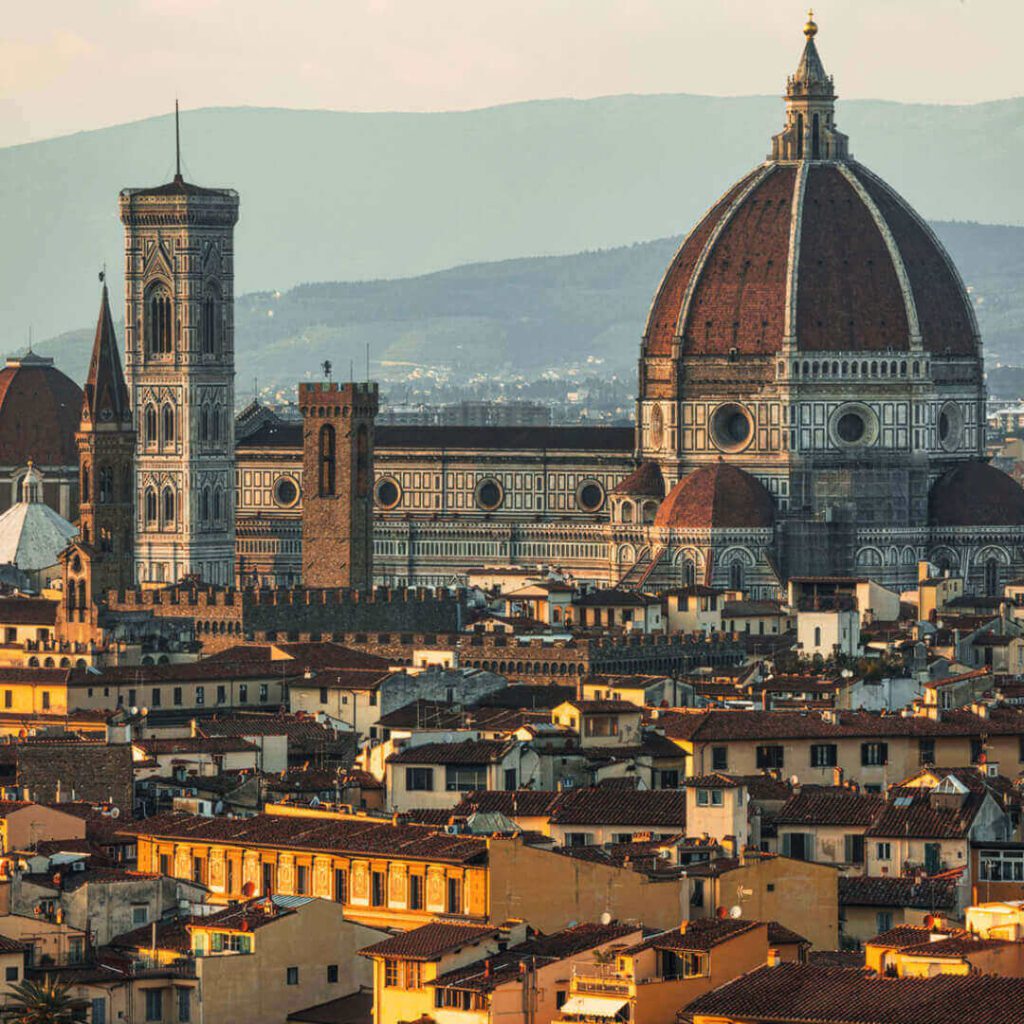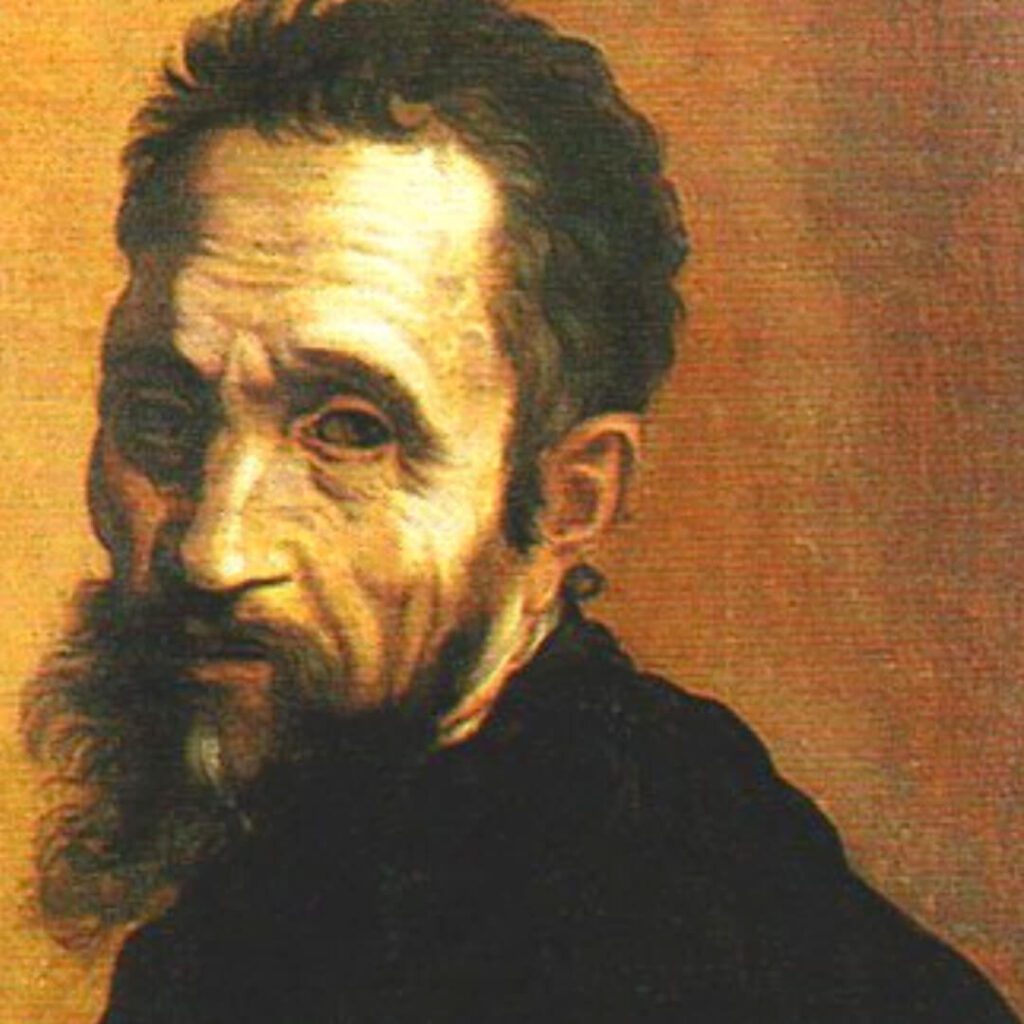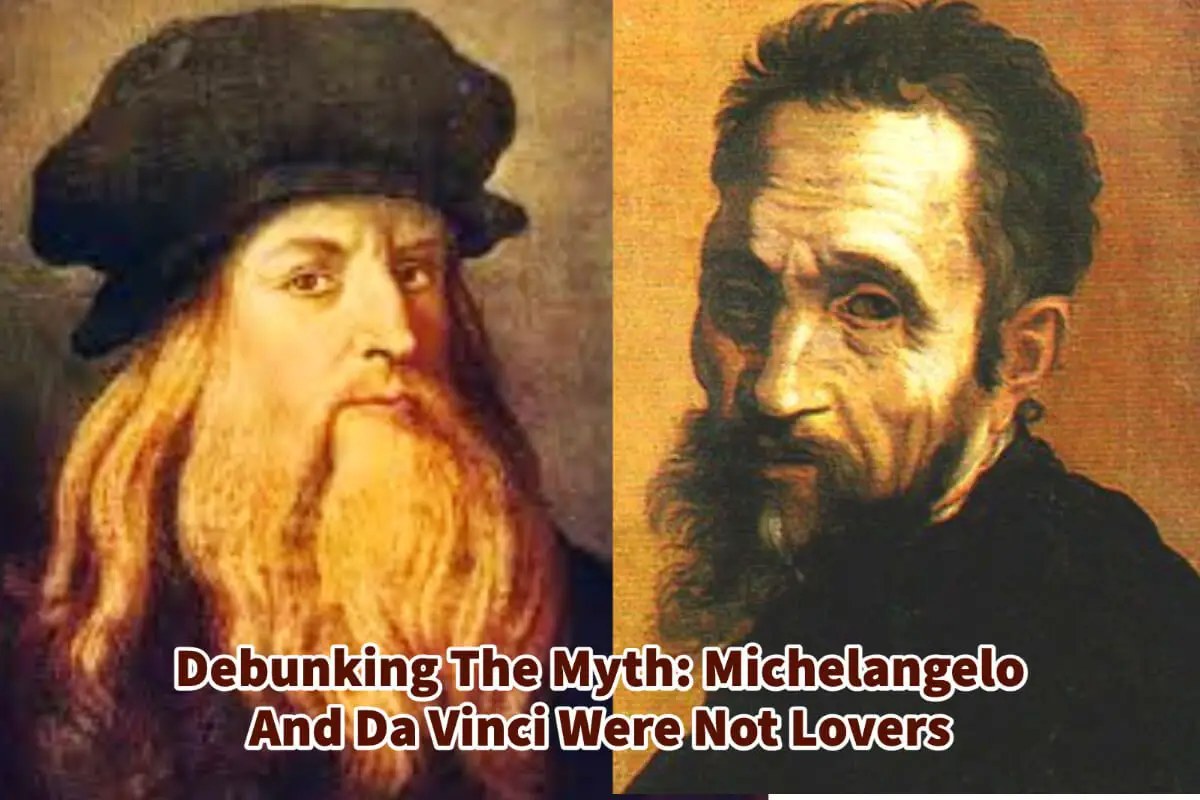Someone recently asked me if I knew if Michelangelo and Leonardo Da Vinci were lovers. For centuries it is something that has been speculated about.
No concrete evidence supports the speculation that Michelangelo and Leonardo Da Vinci had a personal sexual relationship. Evidence suggests they did not like each other and had animosity toward each other. Both artists worked for the Catholic Church and may have kept their personal lives private for professional reasons.
Table of Contents
- Debunking The Myth About Michelangelo And Leonardo Da Vinci Being Lovers
- Exploring Attitudes Towards Homosexuality In Italy During The Renaissance Period
- Michelangelo And Leonardo Da Vinci’s Sexual Orientation: Separating Fact From Fiction
- Frequently Asked Questions
- Related Questions
Debunking The Myth About Michelangelo And Leonardo Da Vinci Being Lovers
There is absolutely no concrete historical evidence suggesting that Michelangelo and Leonardo da Vinci were lovers or had a romantic relationship. While some speculation and rumor surround their relationship, it is based mainly on conjecture and lacks substantial evidence.
Both Michelangelo and Leonardo da Vinci were known for their close relationships with other men, which was common during the Renaissance period. While some scholars have suggested that there may have been a romantic or sexual element to these relationships, there is no solid evidence to support this theory.
Michelangelo And Leonardo Da Vinci Did Not Have A Close Personal Relationship
Furthermore, Michelangelo and Leonardo da Vinci were not known to have had a close personal relationship with each other. While they both lived and worked in Italy during the Renaissance period, they had very different styles and approaches to art. There is no evidence to suggest that they collaborated or had a significant personal relationship.

Evidence shows that they disliked each other and did not get along. We can see how this could happen as both men have very different artistic styles and personalities.
Leonardo was thought to be quite open to helping other artists; he was known to have befriended Raphael. But he was also notoriously slow with his work, and many historians, myself included, feel like he did not see himself as an artist as much as a scientist.
Even though some of the most famous paintings in the world are his art, such as the Mona Lisa and The Last Supper, he painted very little during his lifetime.
Truthfully, he was busy doing a lot. He dissected over 30 corpses in his lifetime, did a host of inventions, and spent a lot of time on science.
Michelangelo strikes me as a more complex personality. He was known to dislike both Leonardo Da Vinci and Raphael. He was protective of his art and seemed to have seen himself competing with artists like Leonardo Da Vinci and Raphael.
He was considered a miser, always complaining he had no money or that people owed him money, but when he died, he was extremely wealthy.
As the two men are so different, the idea that Michelangelo and Leonardo da Vinci were lovers is only a myth perpetuated over time.
Exploring Attitudes Towards Homosexuality In Italy During The Renaissance Period
Homosexuality was a complex and often contradictory issue in Italy during the Renaissance, and its treatment varied widely depending on the time, place, and social context.
In some regions of Italy, such as Florence and Venice, homosexuality was relatively accepted and visible in certain social circles. Same-sex relationships were often part of a broader culture of homoeroticism, which celebrated male beauty and the male form.
In these regions, there were some instances of open and accepted homosexual behavior among the aristocracy, artists, and intellectuals. However, this acceptance was often limited to a relatively small elite and was not necessarily representative of broader attitudes toward homosexuality.
In other parts of Italy, such as Rome and Naples, homosexuality was more taboo and subject to strict social and religious restrictions. The Catholic Church, which had significant political and cultural influence throughout Italy, viewed homosexuality as a sin and a moral failing.

Same-sex relationships were often stigmatized and subject to persecution, both by the church and by secular authorities.
Therefore the treatment of homosexuality in Italy during the Renaissance was complex and varied. It was often subject to different attitudes and restrictions depending on the time, place, and social context.
While there were some instances of acceptance and visibility, same-sex relationships were often subject to stigma and persecution, particularly in more conservative or religious circles.
Michelangelo And Leonardo Da Vinci’s Sexual Orientation: Separating Fact From Fiction
There is no concrete evidence to prove that Michelangelo and Leonardo Da Vinci were homosexual. While some scholars have speculated that they may have had same-sex relationships, no conclusive evidence supports these claims.

I think if they were homosexual, they would not have published it or been open about it, as both Michelangelo and Leonardo Da Vinci were doing work for the Catholic Church. At least in Rome and many other parts of Italy, homosexuality would have been considered a moral sin and subject to persecution.
Neither Michelangelo nor Leonardo Da Vinci would have had a reason to let others know about their sexual orientation. If they were homosexual, they would have had more reason to keep it a secret from the Catholic Church than to openly publicize it.
Michelangelo was known to have had close relationships with several men, including his apprentice Tommaso dei Cavalieri, with whom he corresponded at length and dedicated some of his poetry. However, the exact nature of these relationships is unclear, and it is possible that they were close friends or had only a mentorship arrangement.
Similarly, Leonardo Da Vinci was known to have had close relationships with several young male apprentices. No concrete evidence suggests that he engaged in sexual relationships with them.
It is also important to note that the modern concept of sexual orientation did not exist during the Renaissance period. While same-sex relationships were not unknown, they were often subject to different social and cultural expectations and were not necessarily seen in the same way as today.
While some scholars have speculated about Michelangelo and Leonardo Da Vinci having same-sex relationships, there is no conclusive evidence to confirm these claims. Moreover, given the social and cultural attitudes towards homosexuality during their time, they may have had reasons to keep such relationships private.
Anita Louise Art is dedicated to art education, great artists, and inspiring others to find and create their art. We love art that uplifts and inspires. #ArtToMakeYouSmile! #ArtToMakeYouHappy!
If you are interested to see any of my art, you can find out more by clicking here. If you are interested in what inspires me and my paintings, you can discover more by clicking here.
We have a free newsletter and would love you to be part of our community; you can subscribe to the newsletter by clicking here. If you have any questions, I would be happy to talk to you. You can reach me, Anita, by clicking here.
Subscribe to our Anita Louise Art YouTube Channel filled with great videos and information by clicking here.
Frequently Asked Questions
Is there any historical evidence supporting the claim that Michelangelo and Leonardo Da Vinci were lovers?
No, there is no concrete historical evidence that supports the speculation about a romantic relationship between Michelangelo and Leonardo Da Vinci. The notion is largely based on conjecture and lacks credible documentation.
Why has the idea of a romantic relationship between Michelangelo and Da Vinci persisted for centuries?
The speculation may have arisen due to the secretive nature of the artists’ personal lives and the historical tendency to sensationalize or create myths about famous figures. However, there is no substantial evidence to substantiate these claims.
Were Michelangelo and Da Vinci known to be close friends or collaborators?
While both artists were contemporaries during the Italian Renaissance, there is evidence suggesting that they did not get along. Reports indicate a level of animosity between them, making it unlikely that they had a close personal relationship.
Did Michelangelo and Da Vinci’s professional rivalry contribute to the rumors about their romantic involvement?
It is possible that their professional rivalry and competition in the art world may have fueled speculations about their personal lives. However, rivalry does not necessarily imply a romantic relationship, and historical records emphasize their artistic competition rather than personal intimacy.
Were Michelangelo and Da Vinci’s interactions purely professional?
Historical records suggest that Michelangelo and Da Vinci primarily interacted in a professional capacity, both having worked for the Catholic Church. Their collaborations were centered around artistic endeavors, and there is no substantial evidence to indicate a romantic involvement.
Did Michelangelo and Da Vinci share common patrons or sponsors?
While both artists had patrons within the Catholic Church, their specific patrons differed. Michelangelo’s major patron was Pope Julius II, while Da Vinci found support from various patrons, including the Medici family. Their patronage does not provide evidence of a romantic relationship.
How do art historians view the speculation about Michelangelo and Da Vinci’s relationship?
Art historians generally dismiss the romantic claims between Michelangelo and Da Vinci as unfounded. The lack of credible evidence and the historical context of their interactions contribute to the skepticism surrounding these speculations.
Were there any contemporaneous accounts or writings supporting the idea of a romantic relationship?
No contemporaneous accounts or writings from the Renaissance era provide credible evidence of a romantic relationship between Michelangelo and Da Vinci. Most of the speculation emerged long after their lifetimes.
Did Michelangelo and Da Vinci leave behind any personal correspondence hinting at a romantic connection?
There is no existing personal correspondence or writings from Michelangelo or Da Vinci that suggest a romantic relationship between them. Their surviving letters and documents primarily focus on their artistic pursuits and professional matters.
Related Questions
Did Michelangelo And Leonardo Know Each Other?
Michelangelo and Leonardo da Vinci knew each other but were considered bitter rivals. Leonardo da Vinci and Michelangelo knew each other, but they did like each other. They were both asked to do a commission on the Council Hall of the Palazzo Vecchio and were supposed to work side-by-side; the project was never completed.
By clicking here, you can learn more by reading Did Michelangelo And Leonardo Know Each Other?.
What Was The Focus Of Renaissance Art?
Renaissance art focused on the classics of Greek and Rome, humanist philosophy, and the study of the human figure. Realism was also an essential part of Renaissance art. The great artists of the Renaissance also became great anatomists and studied human beings.
By clicking here, you can learn more by reading What Was The Focus Of Renaissance Art?.
Did Raphael, Michelangelo, And Leonardo Ever Meet In Person?
Leonardo da Vinci, Michelangelo, and Raphael are some of the most influential artists ever. They were all Italian artists who flourished during the Renaissance.
Records show that Michelangelo, Leonardo da Vinci, and Raphael would have known each other. But not all their relationships were easy; some were filled with jealousy and rivalry.
By clicking here, you can learn more by reading Did Raphael, Michelangelo, And Leonardo Ever Meet In Person?


